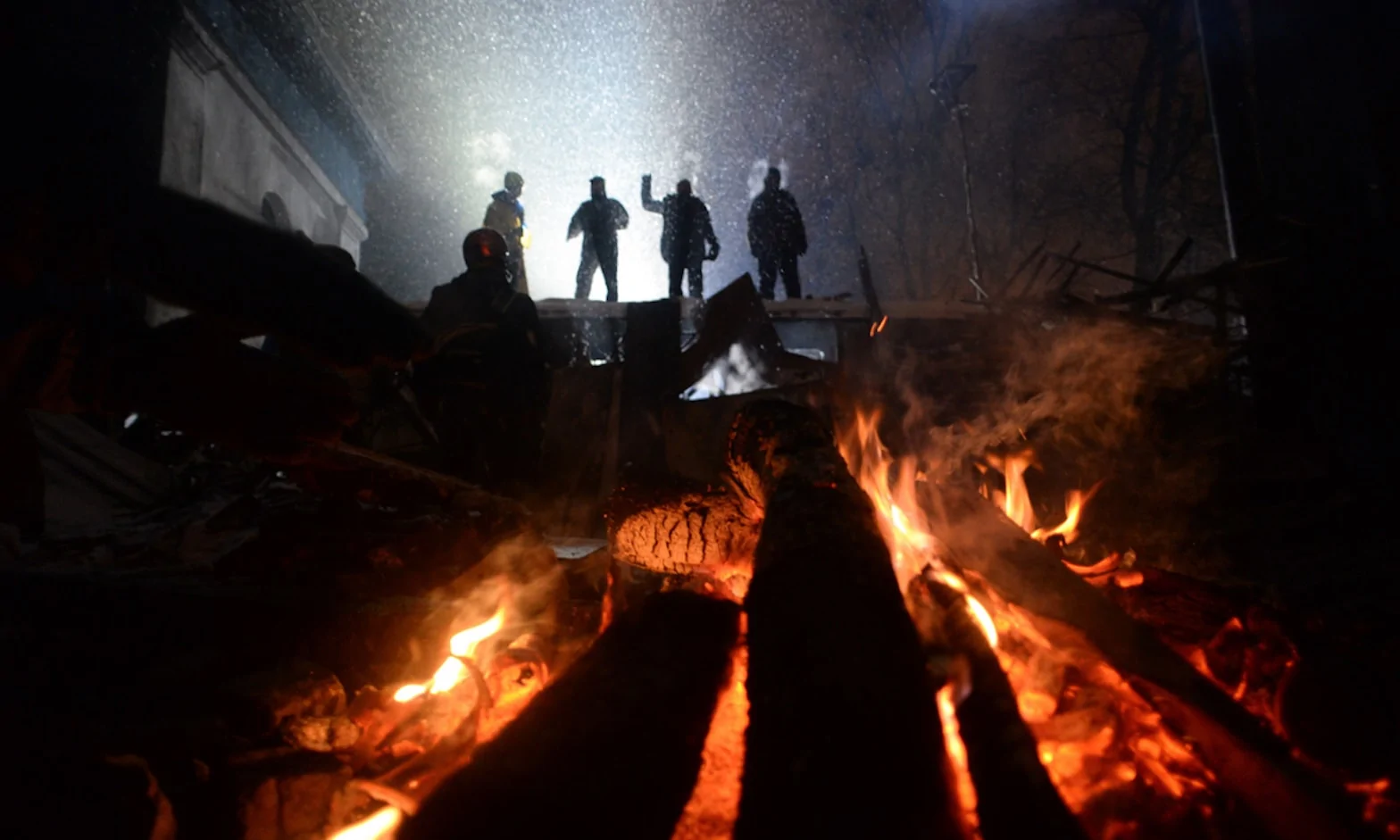This article focuses on the Uktainian oligarchs. We saw previously how the oligarchic system functions and its impacts on the country, notably in terms of poverty and a weak, fragile, and dependent state. Here, we shall look first at the way to classify oligarchs, if any, and at the interactions among oligarchs. We shall then present oligarchs and tycoons one by one, separating them into two sections, first the wealthiest and most influential, then the others. We shall only provide details for the most influential businessmen, notably addressing their relationship to politics and to the conflict in Eastern Ukraine. We shall, however, also name the others, notably to allow for monitoring.Groups and interactions among oligarchsClick to access and download large imageFollowing Slawomir Matuszak (The oligarchic democracy, …
Continue reading “Conflict in Ukraine – State of Play – The Oligarchs”











